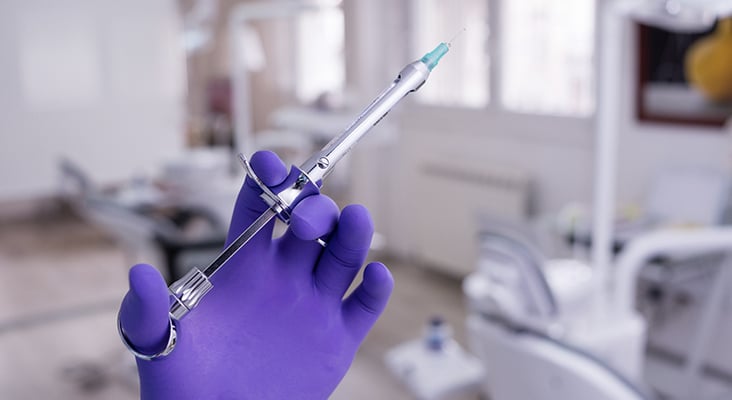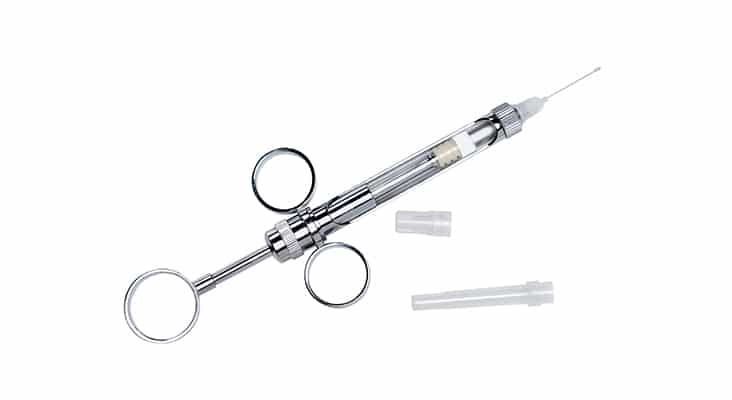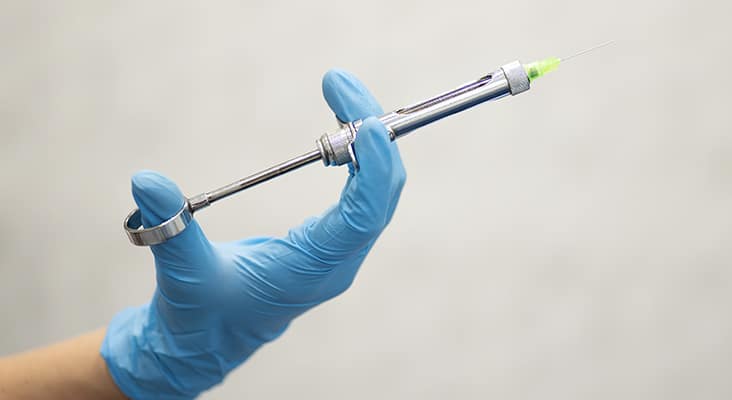Providing Pain Relief
Administering effective pain management to patients is key to successful dental treatment.
One of the most frequently used local anesthesia injections, the inferior alveolar nerve block, has a disappointing rate of success. Which of the following is accurate?
 milosljubicic / iStock / Getty Images Plus
milosljubicic / iStock / Getty Images Plus
Even well known and highly regarded alternative injections, such as the Gow-Gates nerve block, do not have reported success rates of 100%.
 ANRproduction / iStock / Getty Images Plus
ANRproduction / iStock / Getty Images Plus
Periodontal ligament injections have which reported rate of success?
 Andrei Vasilev / iStock / Getty Images Plus
Andrei Vasilev / iStock / Getty Images Plus
The periodontal ligament injection is an excellent single-tooth remedy whenever a nerve block fails to achieve profound anesthesia, regardless of the cause of the failure.
 bulatovic / iStock / Getty Images Plus
bulatovic / iStock / Getty Images Plus
Successful periodontal ligament-inferior alveolar approach injections leverage anatomic features of the mandible when the anesthetic pathway is in close proximity to the mandibular canal.
 Banannaanna / iStock / Getty Images Plus
Banannaanna / iStock / Getty Images Plus
Attempts to force solution through the fenestrations in the dental socket into cancellous bone using excessive pressure are very helpful.
 aywan88 / E+
aywan88 / E+
Injection site pain and post-operative discomfort have been characterized as disadvantages of periodontal ligament injections, and this approach may not be appropriate for patients who require antibiotic premedication.
 Brosa / iStock / Getty Images Plus
Brosa / iStock / Getty Images Plus
A periodontal ligament injection technique using a standard or specialized manual syringe is recommended for use on primary teeth with underlying or adjacent permanent teeth due to the potential for hypoplastic disturbances of the newly forming teeth.
 juliadu / iStock / Getty Images Plus
juliadu / iStock / Getty Images Plus
Share your Results:

